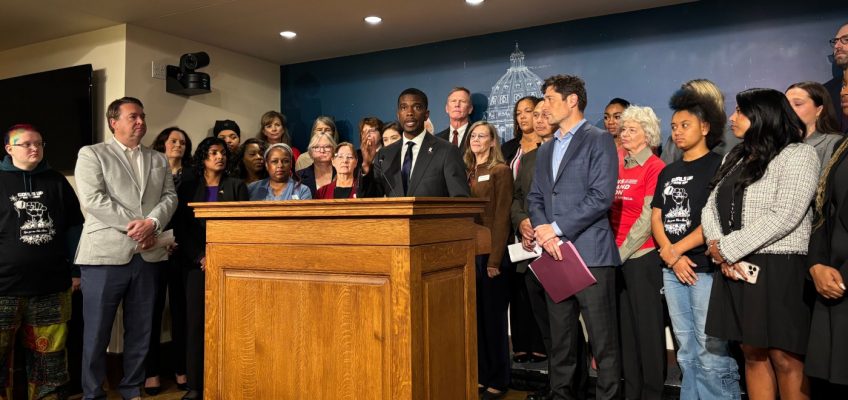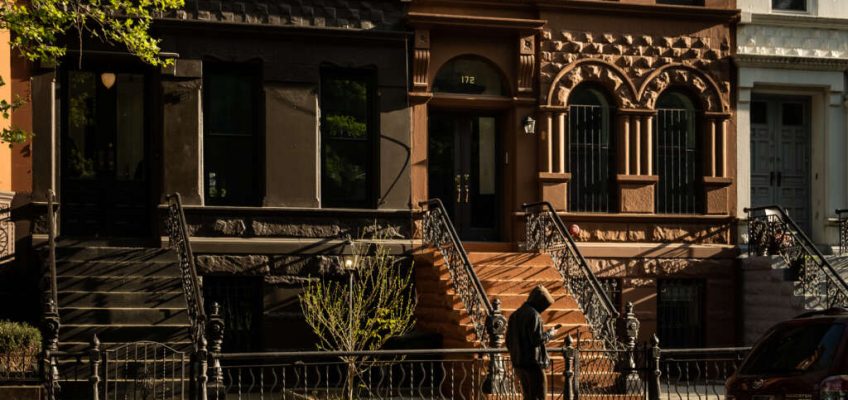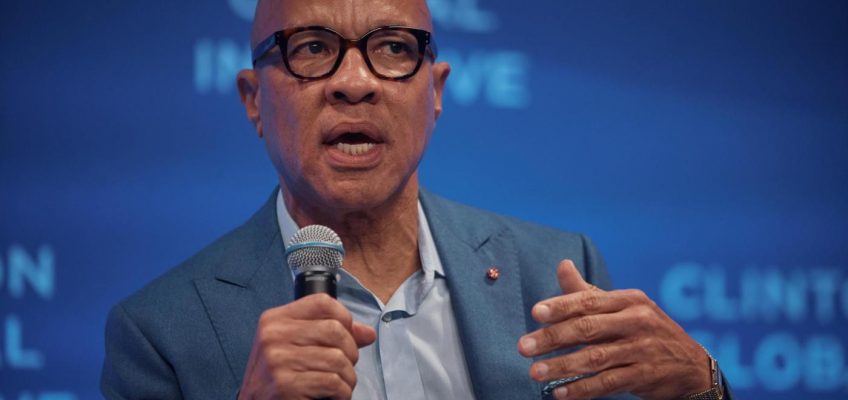By HANNAH SCHOENBAUM, Associated Press
SALT LAKE CITY (AP) — Dallin H. Oaks, a former Utah Supreme Court justice, was named Tuesday to lead The Church of Jesus Christ of Latter-day Saints and its more than 17 million members worldwide.
Oaks’ selection as president of what is widely known as the Mormon church follows the recent death of his 101-year-old predecessor, Russell M. Nelson. His ascension is not a surprise; a longstanding church policy says the longest-tenured member of a top leadership body called the Quorum of the Twelve Apostles becomes the next president. The tradition is meant to ensure a seamless transition and prevent internal or public lobbying.
As president, Oaks is considered a prophet and seer who will guide the church through divine revelation from God alongside two top counselors and members of the Quorum. He’ll set policy and oversee the church’s many business interests.
FILE – Elder Dallin H. Oaks of the Church’s Quorum of the Twelve Apostles speaks during a news conference at the Conference Center, Jan. 27, 2015, in Salt Lake City. (AP Photo/Rick Bowmer, file)
The church’s leadership transition comes as many of its members have been shaken by a deadly attack on a Michigan congregation, and are grappling with the high-profile assassination of conservative activist Charlie Kirk in Utah, where the denomination is based.
At 93, Oaks will be one of the church’s oldest presidents. He will serve in the role until he dies. Tenures for past presidents have varied, with the longest reaching nearly 30 years and the shortest being just nine months.
Experts are doubtful Oaks will pivot sharply from Nelson’s approach to leadership because he was one of Nelson’s closest advisers. But experts say Oaks might shift from Nelson’s focus on the faith’s global footprint to domestic issues.
Related Articles
Trump says US strikes another boat accused of carrying drugs in waters off Venezuela, killing 6
Some airports refuse to play Noem video on shutdown impact, saying it’s political
Judge accuses Homeland Security of bullying states into accepting conditions to get FEMA money
D’Angelo, Grammy-winning R&B singer who became an icon with ‘Untitled (How Does It Feel),’ dies
Drought has muted this year’s leaf-peeping season
In the first major difference from Nelson’s presidency, Oaks announced during the faith’s recent general conference that the church will slow the announcement of new temples.
He also emphasized the importance of family while acknowledging that not all families look the same. In a departure from his typical sermons, which often appeal more to reason than emotion, Oaks shared a story about the day his grandfather told him at age 7 that his father had died. He went on to describe the value of being raised by a single mother and others who stepped into parental roles for him and his siblings.
Oaks is known for his jurist sensibilities and traditionalist beliefs on marriage and religious freedom. He has been a driving force in the church against same-sex marriage and in upholding a teaching that homosexuality is a sin — a position that causes uneasiness among LGBTQ+ members and their allies.
He said in 2022 that social and legal pressure would not influence the church to change its posture on same-sex marriage and matters of gender identity.
Yet in recent years, Oaks has been part of some key church moves that suggest he might not make the topic a centerpiece of his administration, experts say. Oaks was Nelson’s closest adviser in 2019 when Nelson rescinded a policy that banned baptisms for children of gay parents and labeled same-sex couples as sinners eligible for expulsion.
Oaks has also been a strong advocate for civil public discourse.
Early on as an apostle, he was involved in a crackdown on far-right extremism that resulted in some excommunications. In 2020, he gave a speech about having faith in elections without resorting to radicalism or violence.




